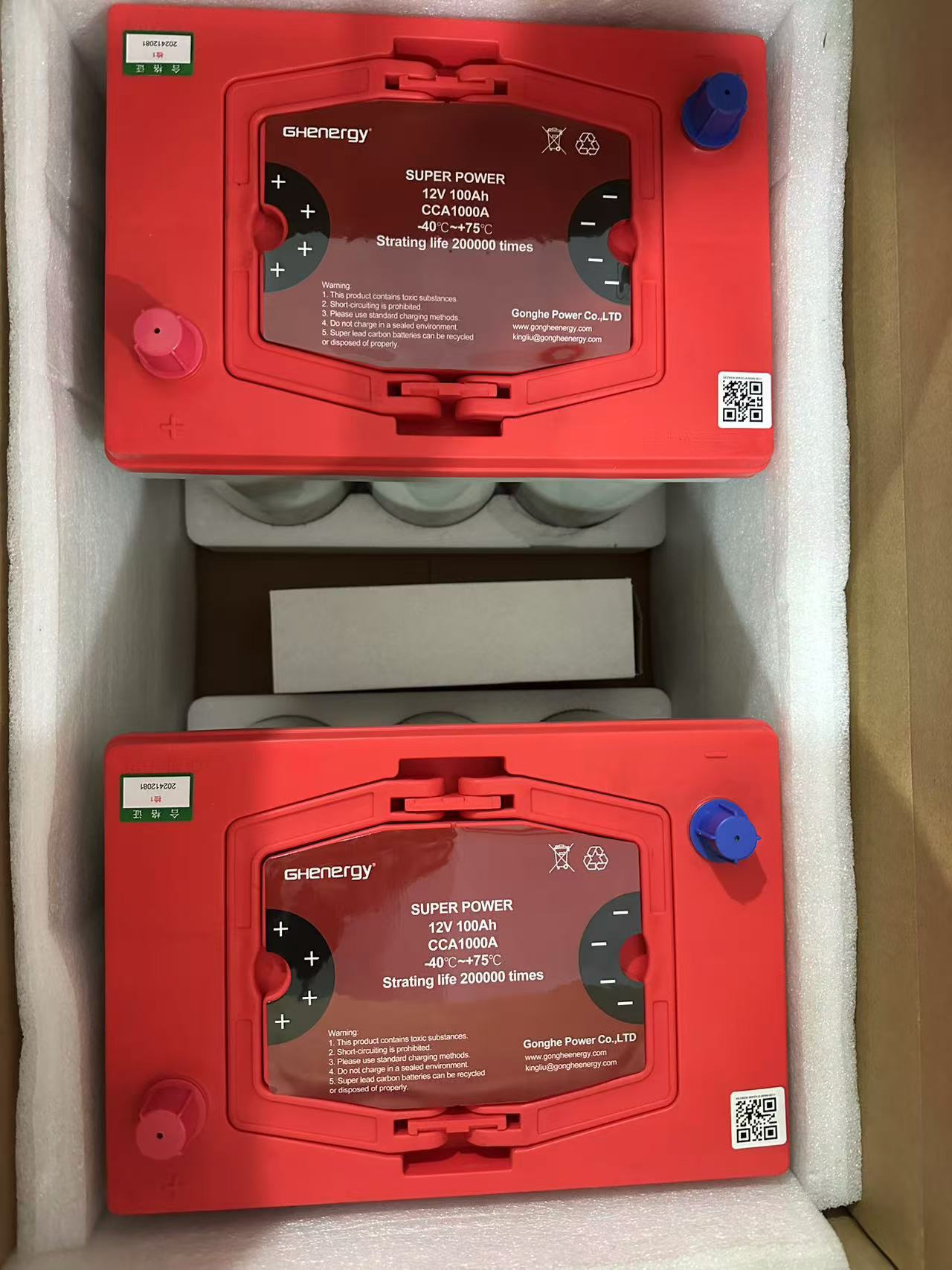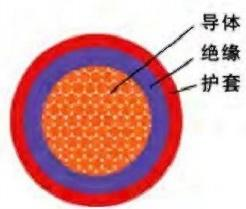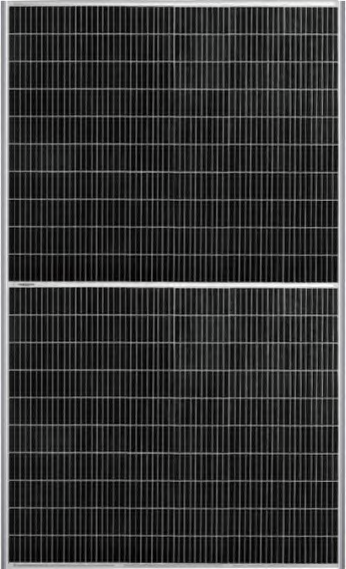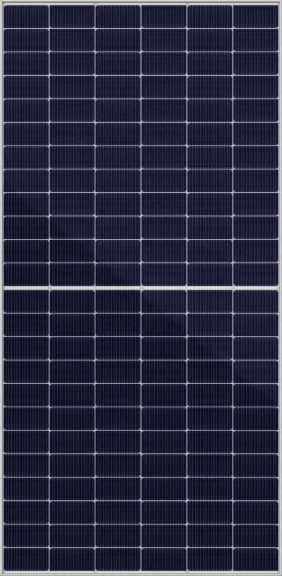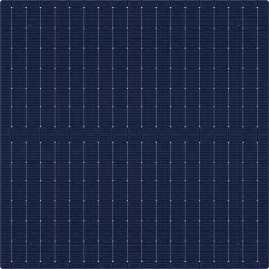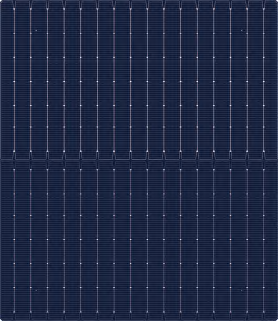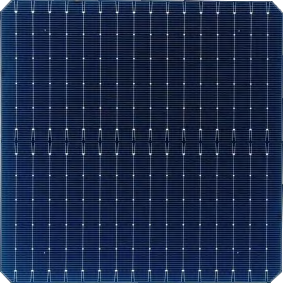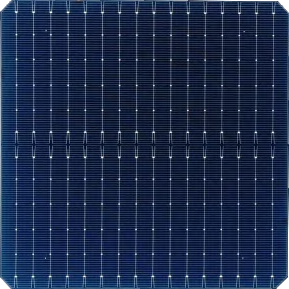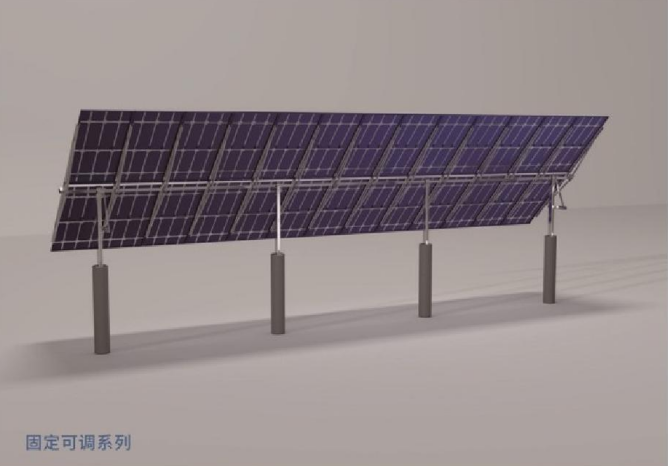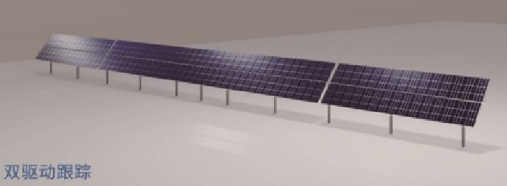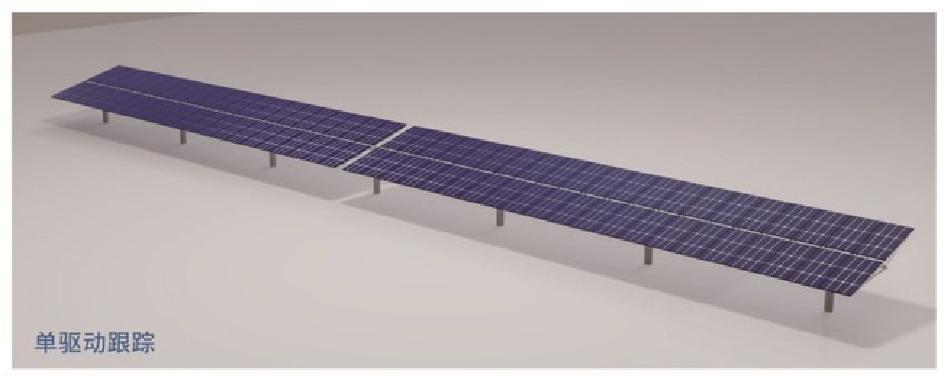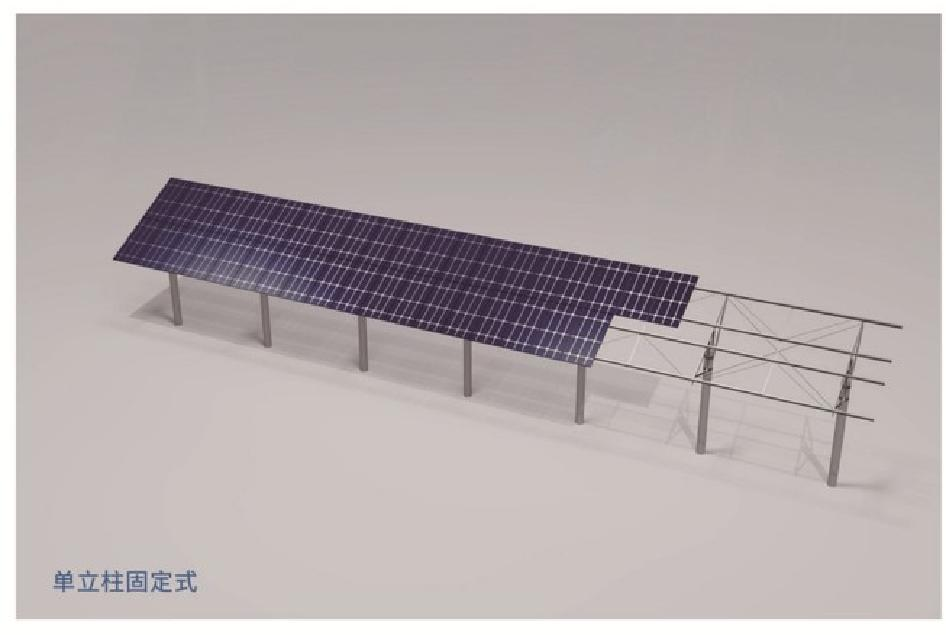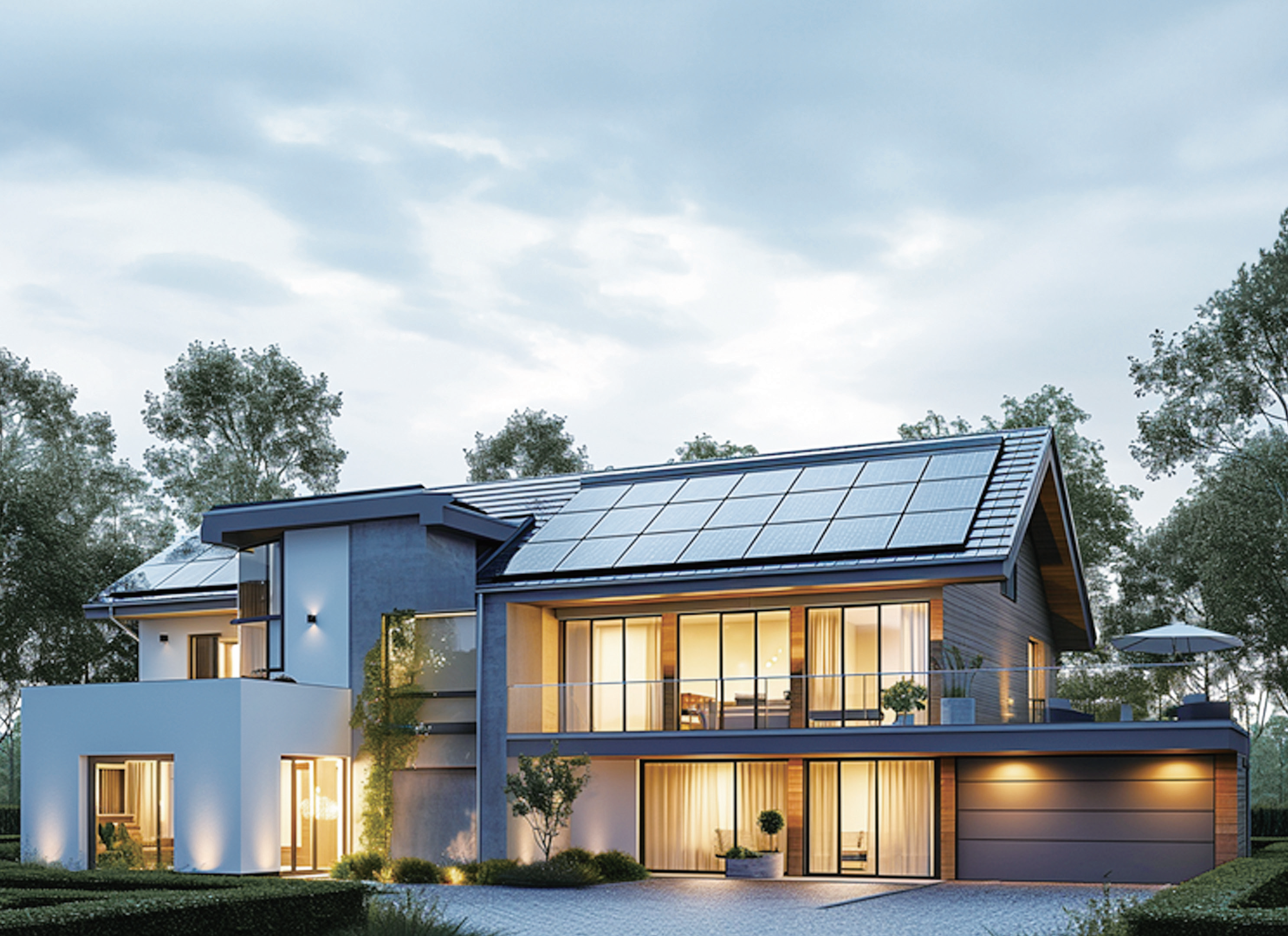Wedoany.com Report-Dec 03, The novel smart solar window combines photoelectric and electrochromic functions. It can produce electricity while also regulating the amount of solar radiation entering a building.
A group of scientists from China has developed a novel smart PV (SPV) window that can produce electricity while calibrating the amount of solar radiation entering a building.
“Our study proposed an SPV window as well as its operation control strategies to simultaneously improve building energy efficiency and grid friendliness,” corresponding author Yutong Tan told pv magazine. “The results revealed that, when compared to conventional low-emissivity (Low-E) windows, the SPV window with the heat flow control strategy was able to achieve significant reductions in excessive daylight illuminance ratio, peak loads, average daily peak-valley difference, and net annual energy consumption.”
The system incorporates both crystalline silicon cells and electrochromic film. The proposed photoelctrochromic device (PECD) combines photoelectric functions, converting sunlight into energy, with electrochromic (EC) functions, enabling a change in the transparency of the window and gauging the solar radiation hitting the building.
The window consists of a clear glass cover, a functional layer, a clear glass substrate, an argon cavity, and a sheet of Low-E glass. The EC film was sandwiched between the second and third surfaces of the glass, and the Low-E coating was deposited on the fifth surface. The area below the effective daylight was equipped with 3 mm thin strips of 11.6%-efficient crystalline silicon.
“The EC film was sandwiched between two transparent substrates, and it concludes five layers, two transparent electrodes, an ion storage layer, an ion conduction layer, and an electrochromic layer,” the group explained. “When no voltage is applied, the EC film is in a bleached state, and the visible transmittance is maximum. When a voltage is applied to the EC film, the lithium ions of the ion storage layer rush to the electrochromic layer, and the tungsten trioxide of the electrochromic layer begins to color after encountering lithium ions. The higher the applied voltage, the darker the color of the electrochromic film, resulting in lower visible light transmittance.”
This structure was built in the Window program and was then exported to the building simulation software EnergyPlus. The dimensions of the building were 50.0 m in length, 4.6 m in depth, and 2.7 m in height, and a window-to-wall ratio of 77%. The buildings were simulated to work during the cooling season of May to October in the Chinese cities of Fuzhou, Xiamen, Hong Kong, and Haikou. The maximum monthly average hourly solar radiation was 482 W/m2, 444 W/m2, 468 W/m2, and 534 W/m2, respectively.
Two control strategies were created for the proposed smart window, namely solar radiation control (CtrlRad) and heat flow control (CtrlFlux). While in the CtrlRad, tinted states change based on incident solar radiation thresholds, in CtrlFlux, they do so based on heat flow density through the window. In addition, a regular Low-E window was also simulated as a reference.
The analysis conducted by the academics showed that, compared to the Low-E system, the SPV window with the CtrlFlux control strategy was able to achieve reductions in excessive daylight illuminance ratio, peak loads, average daily peak-valley difference, and net annual energy consumption, ranging from 81.6% to 93.1%, 49.3% to 54.5%, 54.7% to 65.8%, and 49.1% to 69.2%, respectively. In the case of the CtrlRad control strategy, also compared to the Low-E system, the reduction was from 92.1% to 96.6%, 50.9% to 57.3%, 44.0% to 54.2%, and 44.0% to 54.2%, respectively.
“Taking useful daylight utilization, peak load, peak-valley difference, and net energy consumption into consideration, the SPV window with the heat flow control strategy outperforms with an average overall performance improvement rate of 55.5%,” the team concluded. “In the future, research on the creation of indoor daylight and thermal environment by smart photovoltaic windows will also be conducted,” Dr. Tan added.
The system was presented in “Assessing the energy efficiency and grid friendliness of smart photovoltaic windows incorporating crystalline silicon cells and electrochromic film,” published in Applied Energy. It was conducted by scientists from China’s Hunan University and the Key Laboratory of Building Safety and Energy Efficiency of China's Ministry of Education.
